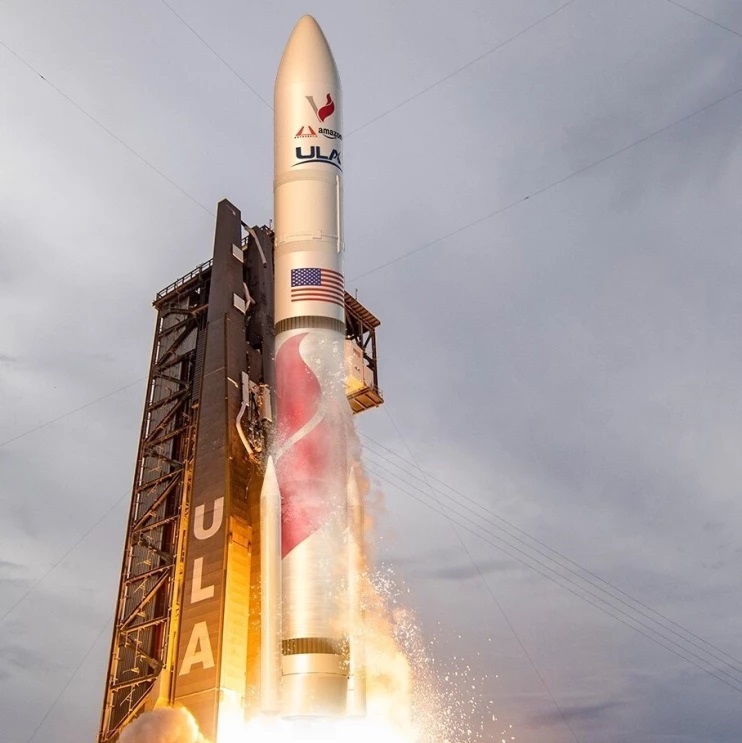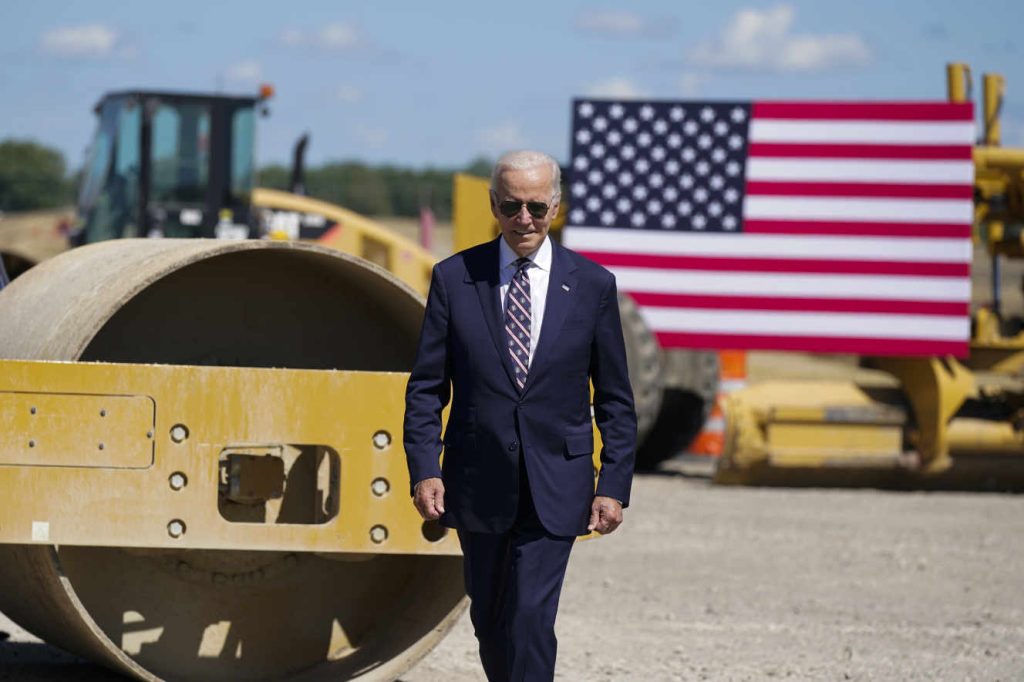
The satellites will be launched, in “early 2023”, on United Launch Alliance’s (ULA) new Vulcan Centaur rocket and they will test system performance in space.
Amazon has been planning to launch a constellation of 3,236 satellites in low Earth orbit (LEO) – Project Kuiper – to provide low-latency global broadband access.
“We couldn’t be more excited to join the first launch of ULA’s Vulcan Centaur,” said Rajeev Badyal, vice president of technology for Project Kuiper.
“We’ve already secured 38 Kuiper launches on Vulcan, and using the same launch vehicle for our prototype mission gives us a chance to practice payload integration, processing, and mission management procedures ahead of those full-scale commercial launches.”
Project Kuiper
Alongside preparations for this mission, says Amazon, its Project Kuiper team is starting to scale production to support a full deployment.
The more advanced spacecraft that will power the Project Kuiper commercial broadband service are scheduled to launch on ULA’s Atlas V rocket. Afterwards, says Amazon, it will begin to phase in the Vulcan rocket alongside newer heavy-lift rockets from two other space launch companies, Arianespace and Blue Origin.
Launches
Back in April, the companies agreed a schedule for 47 launches to deploy Project Kuiper using the United Launch Alliance’s (ULA) next-gen Vulcan rocket, with another 45 launches using Arianespace and Blue Origin
The Vulcan missions will launch from Space Launch Complex 41 at Cape Canaveral Space Force Station in Florida.
Astrobotic
As well as the two demonstration satellites for Project Kuiper, the Vulcan Centaur will carry Astrobotic and Celestis payloads
“ULA is proceeding to a first flight of Vulcan 1st quarter 2023 to align with a request from its payload customer Astrobotic, who will be flying its Peregrine lunar lander to the Moon for NASA’s Commercial Lunar Payload Services (CLPS) program,” said Tory Bruno, ULA’s president and CEO.
The first Vulcan launch vehicle is nearing completion in ULA’s factory in Decatur, Alabama and is awaiting installation of its BE-4 engines, said ULA.
The commercial mission is part of ULA’s requirement to meet the U.S. Space Force certification of its new launch vehicle.







